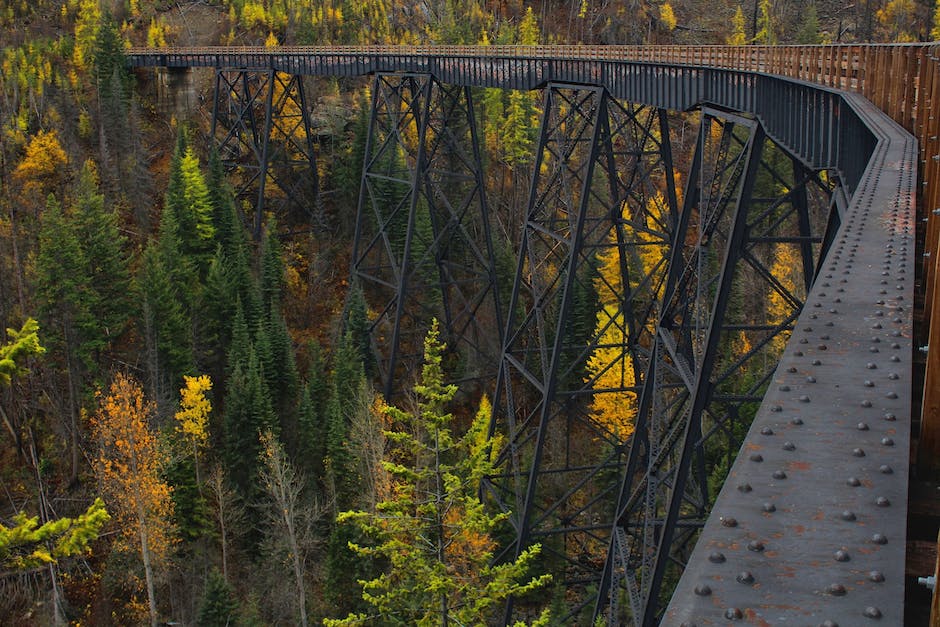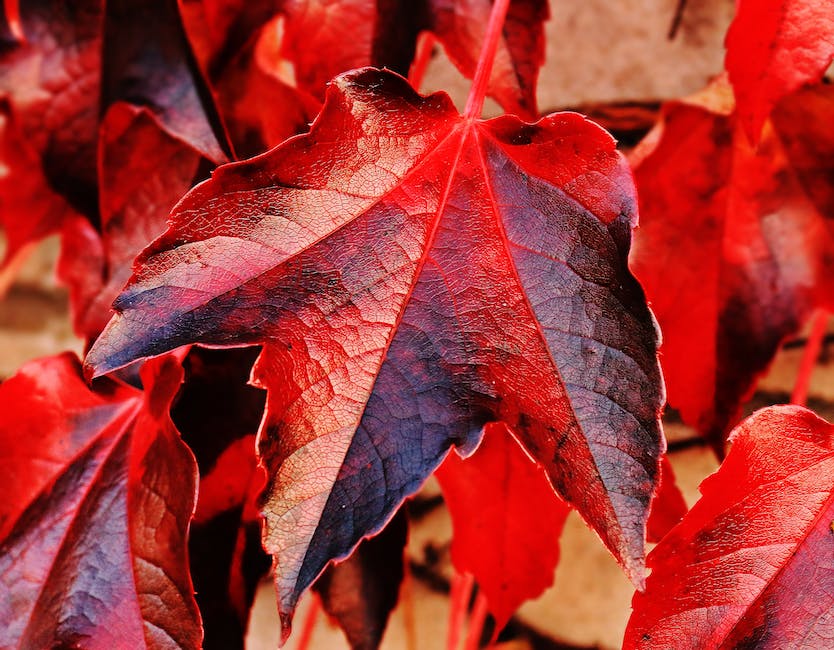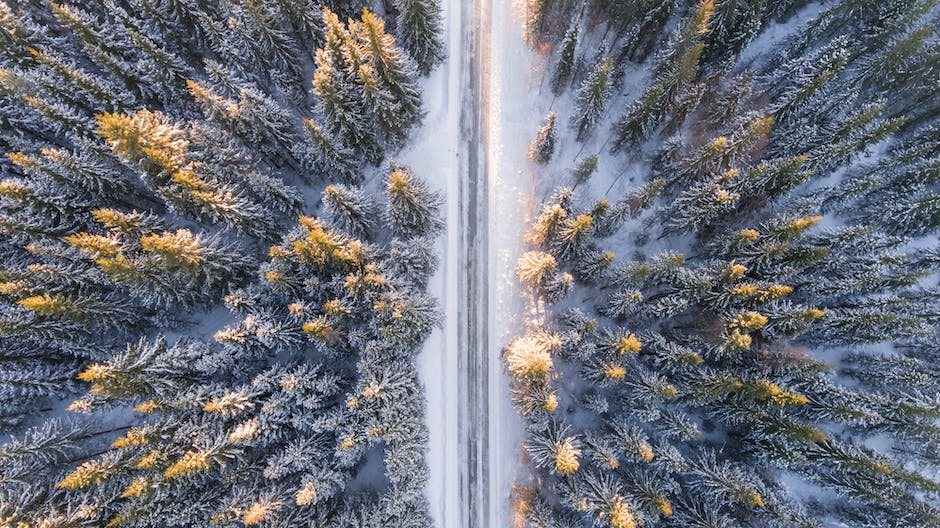Yes, pine trees do change color in the fall. The needles of a pine tree turn a yellow-brown color in the fall before they drop off the tree.
Pine trees do not change color in the fall like many deciduous trees. Instead, they keep their green needles all year long.
Do pine trees turn colors in the fall?
Coniferous trees are mostly found in colder climates and higher altitudes. They have a higher tolerance for cold and drought than deciduous trees. The needles of coniferous trees are covered in a waxy substance that helps prevent moisture loss. Coniferous trees are also known for their thick bark, which helps protect them from fire.
The needles on a pine tree will yellow and drop for a variety of reasons. Sometimes it is due to a natural process, while other times it may be due to a disease or pest infestation. If you notice that the needles on your pine tree are yellowing and falling, it is important to take action to determine the cause.
Is it normal for pine trees to turn orange in the fall
Lodgepole pine trees are known for shedding their needles in the late summer and early fall months. The needles typically turn yellow in color before falling off the tree. This can be a nuisance for homeowners and property owners, as the needles can create a messy and unsightly appearance. If you live in an area with lodgepole pines, be sure to sweep up the fallen needles on a regular basis to keep your property looking its best.
Needles changing color before falling is a common occurrence with conifer trees. The old needles of red pines, for instance, will turn a deep copper color before falling, while white pines and pitch pines take on a lighter, golden color. This color change is due to the tree’s natural process of shedding its needles and is nothing to be concerned about. In some cases, changing conifer colors can also be the sign of total needle drop. If you notice that your tree’s needles are changing color and falling off in large quantities, it’s important to contact a certified arborist to assess the health of your tree.
What happens to pine trees in autumn?
Needle drop is a normal process for most evergreen trees and shrubs. Seasonal needle loss is most noticeable on white pines, where up to half of the needles may drop in early fall. Needle loss is less noticeable on spruces, firs and other pines, which retain a higher percentage of their needles.
In a typical year, the first trees to change colors are maples and sugar maples which give us oranges and yellows, and of course the red maples. Later in the season, the oaks and hickories change. These trees usually give us the more traditional fall colors of red, yellow, and brown.
What does it mean when pine trees turn yellow?
If an evergreen turns yellow, it may be a sign of root problems. Most evergreens require well-drained soil, but arborvitae is an exception. If you think your evergreen has root problems, check the soil to see if it is too wet.
Pine trees are known for their vibrant green needles, but it’s perfectly natural for some of them to turn brown in the fall. Just as oak trees lose their leaves during this season, many evergreens also drop their needles – though not all of them. This is simply part of the trees’ natural cycle, and there’s no need to worry if you see a few brown needles among the green ones.
How do you know when a pine tree is going to fall
If you see any of the following warning signs, your pine tree may be at risk of falling:
– Leaning: This is the most obvious sign that your tree is at risk of falling. If you notice that your tree is starting to lean to one side, it’s important to take action immediately.
– Cracks in the trunk or roots: If you see cracks beginning to form in the trunk or roots of your pine tree, this is a sign that the tree is beginning to weaken and may be at risk of falling.
– Dead branches: If you see dead branches on your pine tree, this is an indication that the tree is not healthy and may be at risk of falling.
– Fungus growth: If you see fungus growing on the trunk or roots of your pine tree, this is another sign that the tree is not healthy and may be at risk of falling.
– Cavities: If you see cavities forming in the trunk of your pine tree, this is yet another sign that the tree is not healthy and may be at risk of falling.
– Soil displacement: If you notice that the soil around the base of your pine tree is starting to displacement, this is a sign
Fusiform rust is caused by the fungus Cronartium quorum f sp fusiforme, and produces bright orange spores in the spring on southern yellow pines, especially loblolly pine. These spores are produced on pines usually from late-March through mid-April.
Fusiform rust is a serious disease of southern yellow pines, and can cause mortality in young trees. In established trees, fusiform rust can cause crown dieback and reduced growth. This disease is especially prevalent in the southeastern United States, where southern yellow pines are a common tree species.
What month do trees turn orange?
The best time to see fall colors in California is from mid- to late October. This is when the leaves start to change color in the higher elevations of the Shasta Cascade region and then make their way down to the foothills and coast. For the most up-to-date information on where the fall colors are, check the USDA website.
Here’s the lineup:13 Trees and Shrubs with Outstanding Orange Fall Foliage
1. American Sweetgum
2. Black Chokeberry
3. Black Gum
4. Flameleaf Sumac
5. Fothergilla
6. Japanese Maple
7. Japanese Persimmon
8. Mapleleaf Viburnum
9. Oakleaf Hydrangea
10. River Birch
11. Serviceberry
12. Stewarts Strawberry
13. Sweet Orange Osmanthus
Do any pine trees turn red
Conifers are subject to needle drying, or winter burn, during the winter months. The most common symptom of winter burn is brown or red foliage on the exposed (often south) side of the tree. Needle drying can occur when the tree is unable to adequately protect itself from the cold, dry winter weather. Winter burn can be devastating to a conifer, and trees may not recover. To avoid this, it is important to choose a site for your conifer that offers some protection from the winter elements.
Evergreens play an important role in the ecosystem because they provide year-round cover for wildlife and help stabilize soil. They are also a key source of food for many animals during the winter months.
Do pine trees turn brown in winter?
Conifers transpire through their needles during winter, which can lead to some water loss. Periods of warm, dry winds can accelerate the water loss, which the frozen roots are unable to replenish. This can cause the needles to dry and become discolored.
When rainfall is insufficient or drainage is poor, pine trees may brown in response. Browning is often caused by an inability of the pine tree to uptake enough water to keep its needles alive. When moisture is excessive and drainage is inadequate, root rot is often the culprit.
What evergreen tree turns red in fall
Bald cypress is a native tree that looks like an evergreen conifer in autumn. However, in fall, the tree’s needles turn russet-red before dropping, revealing its dramatic architectural shape, which can be enjoyed all winter.
Evergreen conifers shed their needles each year, but when it happens and how many needles are dropped varies by conifer species. Most trees start shedding old needles in late summer and continuing into fall; for others, it happens during spring and summer.
What is the most colorful tree in the fall
With autumn in full swing, now is the perfect time to take a leaf-peeping road trip and enjoy the bounty of colorful fall trees and foliage across the United States. From the bright reds of a Sugar Maple to the fiery oranges of a Quaking Aspen, here are 10 of the most eye-catching trees and shrubs to look for this fall.
If you’re looking for a tree with beautiful Fall foliage, consider the sweetgum. Its star-shaped leaves start out glossy green in summer, butchange to stunning purple, red, and multi-toned colors in Fall. The colorful show lasts longer than most trees, making the sweetgum a great choice for adding some seasonal beauty to your yard or garden.
Conclusion
Pine trees typically don’t change color in the fall like other trees. They tend to keep their green needles all year long.
Yes, pine trees do change color in the fall. The needles of the pine tree turn a yellow-gold color before they fall off the tree.
Jackson Hill is a passionate arborist with years of experience in the field of trees. He developed his fascination with trees at a young age, spending countless hours exploring the forests and climbing trees. Jackson went on to study arboriculture and horticulture at Michigan State University and later earned a degree in forestry from the University of Michigan.
With his extensive knowledge and expertise, Jackson has become a trusted authority on trees and their impact on the environment. His work has helped shape the field of arboriculture and he continues to be a leading voice in the industry.
